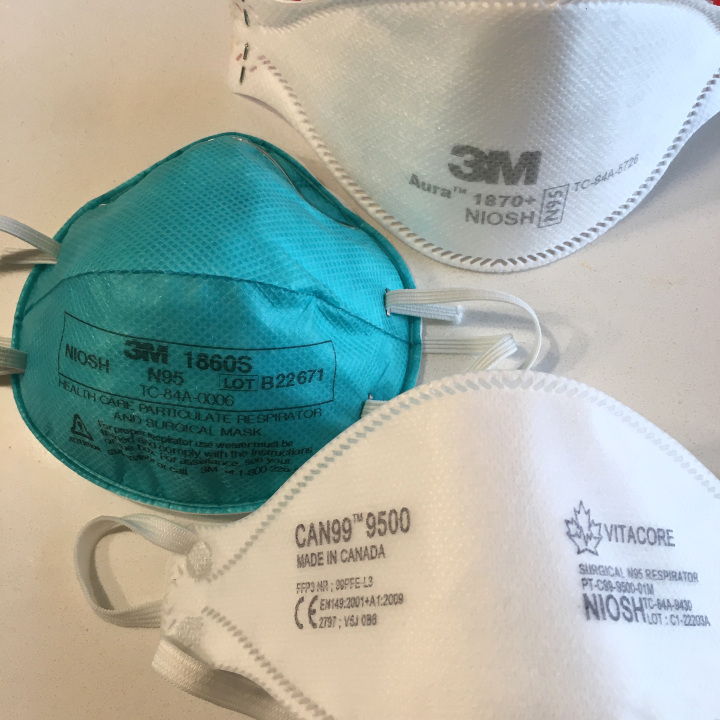In December 2020, the U.S. government’s involvement in addressing the pandemic of long Covid officially began when Congress allocated $1.15 billion to the National Institutes of Health for research into the lasting health consequences of Covid-19. For people suffering from long Covid, the move offered hope.
Just over four years later, on Feb. 19, President Trump disbanded the Health and Human Services Secretary’s Advisory Committee on Long COVID, as part of an executive order titled “Commencing the Reduction of the Federal Bureaucracy.” After the Biden administration’s tepid involvement and fitful progress in long Covid policy and practice, this decision may signal the end of meaningful federal involvement in mitigating the plight of millions of long Covid sufferers.
Comments closed
